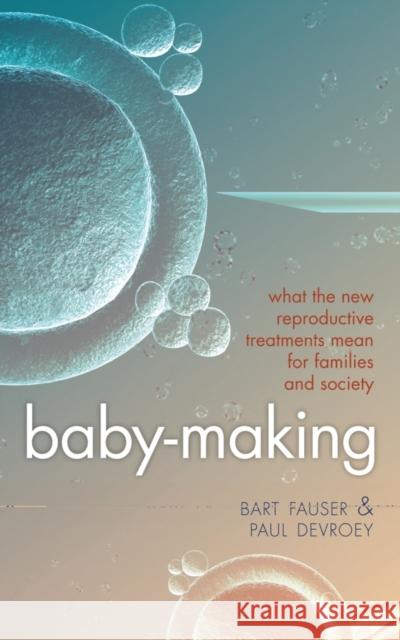Baby-Making: What the New Reproductive Treatments Mean for Families and Society » książka
Baby-Making: What the New Reproductive Treatments Mean for Families and Society
ISBN-13: 9780199597314 / Angielski / Twarda / 2012 / 256 str.
In vitro fertilization and other forms of assisted reproduction are no longer experimental procedures. Indeed, in Denmark in 2004, 4% of all babies born were conceived by IVF. In the near future, every kindergarten classroom will quite possibly have at least one IVF child. In this fascinating account, two of the world's leading authorities present a detailed and readable account of assisted reproduction, describing how this technique is applied to help infertile couples have a baby. Bart Fauser and Paul Devroey describe the latest technologies, placing them in their scientific and clinical settings, outlining such procedures as IVF, sperm injection techniques, egg donation, fertility preservation, single embryo transfer, and reproductive surgery. Fauser and Devroey also discuss fertility treatments in patients who are not infertile (such as single women or lesbians). One of the great controversies swirling around assisted reproduction is the furor over "designer babies" (manipulating genetic material to produce babies with blue eyes or a high IQ, or of a particular sex), but the authors contend that the only acceptable aim in "designing" a baby is to insure a safe pregnancy and delivery. The book also reveals that a key challenge of fertility research is to perfect a treatment that avoids multiple pregnancy, a trend that has blighted IVF throughout its thirty-year history. Fauser and Devroey also discuss the issue of increasing age-related infertility ("the infertility epidemic") and the possible use of IVF to meet this challenge and improve birth rates. The final chapter looks to the future and proposes that the limits to assisted reproduction will be set more by ethical considerations than by scientific progress.











